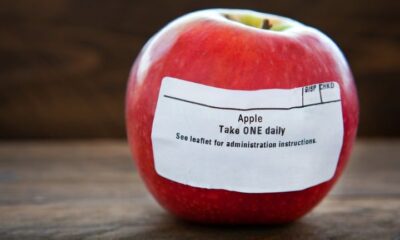
Shutterstock
Watching your calorie intake is crucial for maintaining a healthy lifestyle and managing weight. However, some foods can quickly derail your efforts due to their high calorie content. These calorie-dense foods, often loaded with fats, sugars, and unhealthy ingredients, can be tempting but detrimental if consumed regularly. Understanding which foods to limit can help you make better dietary choices. In this article, we explore 30 foods that are extremely high in calories and should be enjoyed sparingly if you’re mindful of your calorie consumption.
Fast Food Burgers

Shutterstock
Fast food burgers are often loaded with high-calorie ingredients like cheese, bacon, and various sauces. The buns, often enriched and sometimes buttered, add to the calorie count. Additionally, the meat patties are usually high in fat, further increasing the calorie content. This makes them a poor choice for those watching their calorie intake.
Pizza

Shutterstock
Pizza is high in calories due to its generous use of cheese, meat toppings, and thick, sometimes buttered crusts. Each slice can pack a significant calorie punch, especially if loaded with extra cheese and fatty meats. Even veggie pizzas can be high in calories if the crust and cheese are abundant. This makes pizza a food to enjoy in moderation if you’re watching your calorie intake.
Fried Chicken
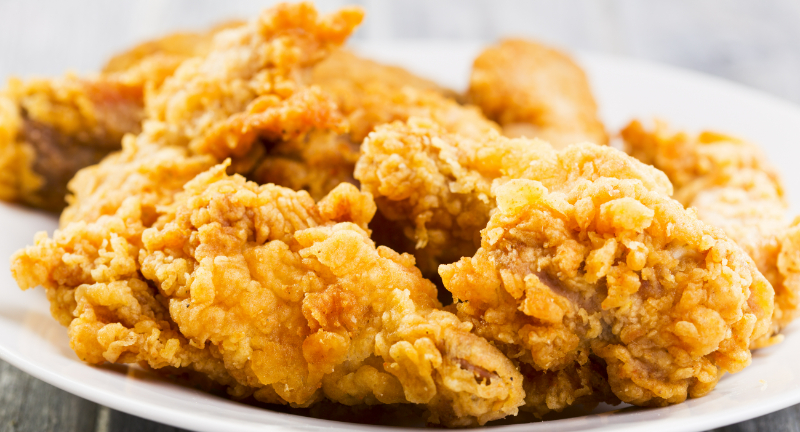
Shutterstock
Fried chicken is high in calories primarily due to the frying process, which adds a lot of fat. The breading used before frying can also be calorie-dense. Each piece, especially if it includes the skin, can significantly contribute to your daily calorie intake. It’s a food best consumed sparingly if you’re trying to manage your calories.
Sugary Sodas
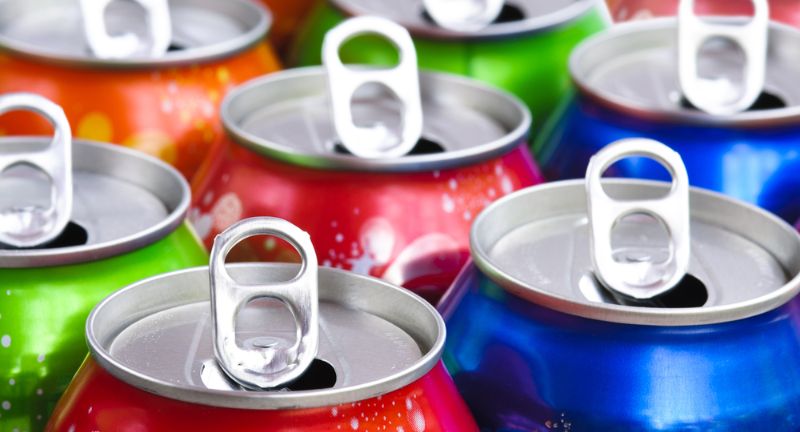
Shutterstock
Sugary sodas are high in sugar and empty calories, offering no nutritional value. Each can or bottle can contain a large amount of added sugar, contributing significantly to your daily calorie intake. Consuming sugary sodas regularly can lead to weight gain and other health issues. It’s best to limit or avoid these beverages if you’re watching your calorie intake.
Ice Cream

Shutterstock
Ice cream is rich in sugar and fat, leading to high calorie content per serving. While it can be a delicious treat, it’s easy to overconsume due to its creamy texture and sweet taste. Regular consumption of ice cream can contribute significantly to daily calorie intake. If you’re watching your calories, it’s best to enjoy ice cream in moderation.
Chocolate Bars
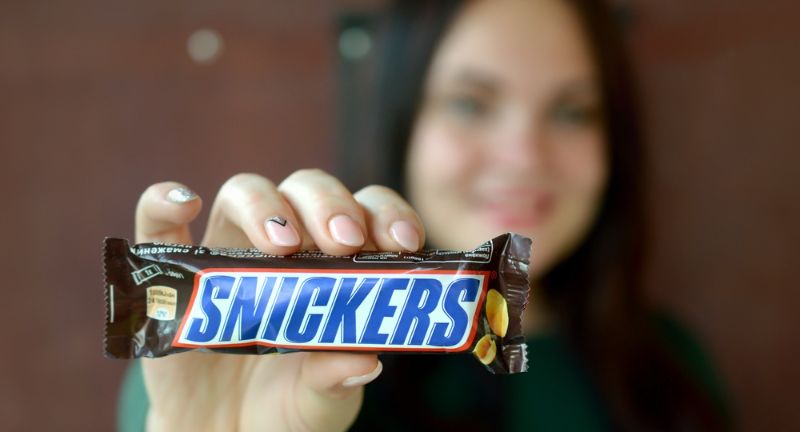
Shutterstock
Chocolate bars, especially those with added ingredients like caramel or nougat, can be extremely high in calories. They contain large amounts of sugar and fat, making them a calorie-dense snack. It’s easy to consume a lot of calories in a short time with chocolate bars. For those monitoring their calorie intake, chocolate bars are best enjoyed sparingly.
Cheesecake

Shutterstock
Cheesecake is dense and rich in both sugar and fat, making it extremely high in calories. Each slice can contribute significantly to your daily calorie intake. The creamy texture and sweet flavor can make it hard to eat just a small portion. If you’re watching your calories, it’s important to limit your intake of cheesecake.
Potato Chips

Shutterstock
Potato chips are high in calories and often contain unhealthy fats. The frying process adds a significant amount of fat, making them a calorie-dense snack. It’s easy to overeat potato chips due to their addictive salty flavor. For those managing their calorie intake, it’s best to enjoy potato chips in moderation.
French Fries
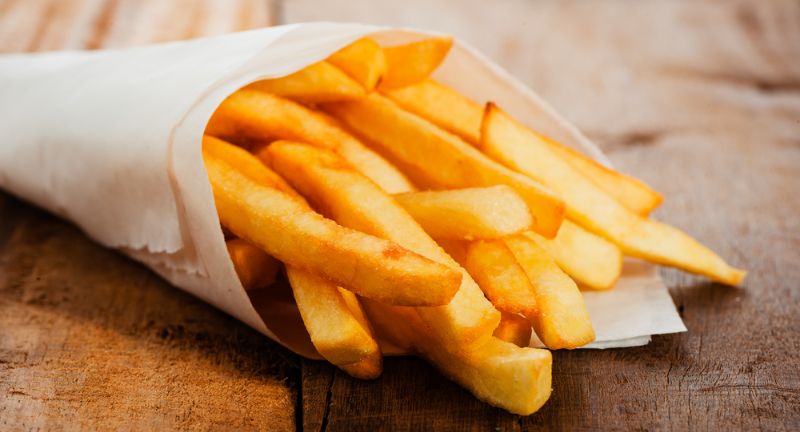
Shutterstock
French fries are deep-fried and often served with high-calorie dips, making them a calorie-rich food. Each serving can add a substantial amount of calories to your meal. The combination of fat from frying and added salt makes them highly palatable and easy to overconsume. If you’re watching your calories, it’s wise to limit your intake of French fries.
Doughnuts

Shutterstock
Doughnuts are fried and often topped with sugary glazes or fillings, making them very high in calories. Each doughnut can pack a lot of sugar and fat, contributing significantly to daily calorie intake. Their sweet flavor and soft texture can make it easy to eat more than one. For those watching their calorie intake, it’s best to enjoy doughnuts occasionally.
Fried Fish
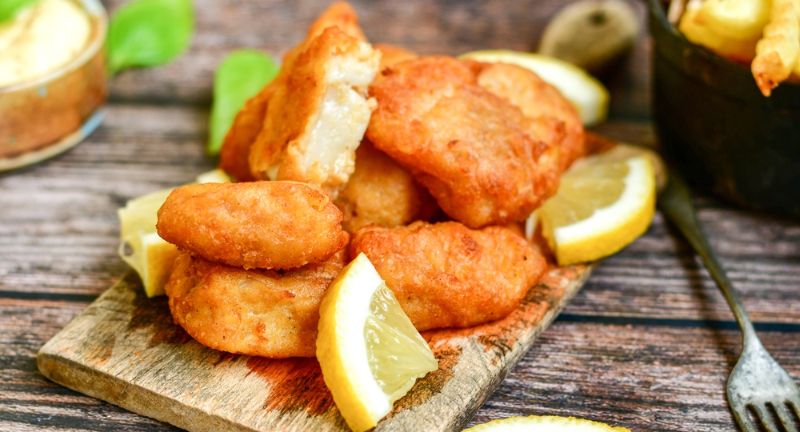
Shutterstock
Fried fish, like fish and chips, is often coated in batter and deep-fried, adding a lot of calories. The batter absorbs oil, increasing the fat and calorie content. While fish itself can be healthy, the frying process negates many of its benefits. For a lower-calorie option, it’s better to choose grilled or baked fish.
Cream-Based Soups

Shutterstock
Cream-based soups are high in calories due to the use of heavy cream and butter. Each serving can contain a significant amount of fat, making it a calorie-dense choice. While they can be comforting and delicious, their high calorie content can contribute to weight gain if consumed frequently. For a lighter option, choose broth-based soups instead.
Pastries

Shutterstock
Pastries, like croissants and danishes, are high in butter and sugar, making them very calorie-dense. Their flaky, buttery texture can be hard to resist, leading to overconsumption. Each piece can add a substantial amount of calories to your diet. If you’re watching your calorie intake, it’s best to enjoy pastries in moderation.
Processed Meats
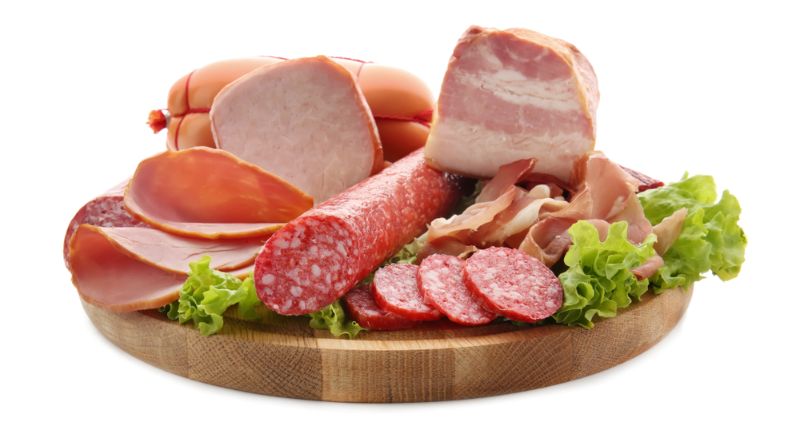
Shutterstock
Processed meats, such as sausages and hot dogs, are high in fat and calories. They often contain added preservatives and sodium, contributing to their calorie density. Regular consumption of processed meats can lead to weight gain and other health issues. For a healthier option, choose lean meats or plant-based proteins.
Butter

Shutterstock
Butter is high in calories and fat, often used in large quantities in cooking and baking. While it adds flavor, it also significantly increases the calorie content of dishes. It’s easy to consume more calories than intended when using butter. For those watching their calorie intake, it’s best to use butter sparingly or choose lower-calorie alternatives.
Heavy Cream
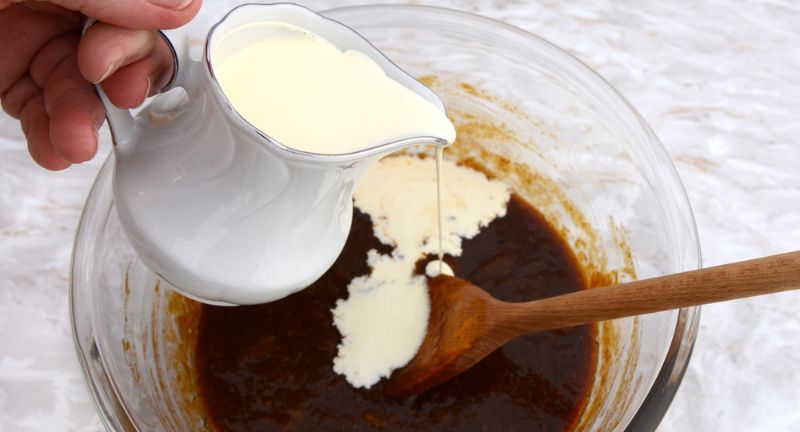
Shutterstock
Heavy cream is used in cooking and desserts, and it is extremely calorie-dense. A small amount can add a lot of calories to dishes like sauces, soups, and desserts. While it adds a rich, creamy texture, its high fat content makes it a less ideal choice for those watching their calorie intake. Opting for lighter alternatives can help reduce calorie consumption.
Nut Butters
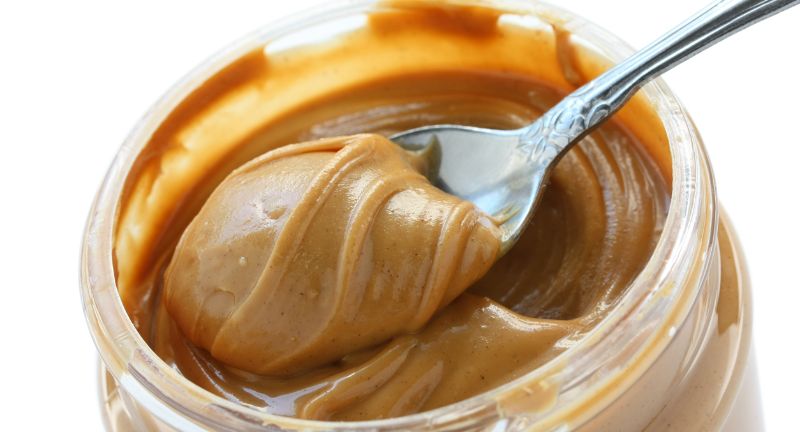
iStock
Nut butters, while nutritious, are very calorie-dense and easy to overeat. Each serving can pack a significant amount of calories from healthy fats. It’s easy to consume more than the recommended serving size, leading to excessive calorie intake. For those managing their calorie intake, it’s important to measure portions carefully when enjoying nut butters.
Mayonnaise

Shutterstock
Mayonnaise is high in fat and calories, often added in large amounts to sandwiches and salads. Just a small amount can add a significant number of calories to a meal. Its creamy texture and flavor make it a popular condiment, but it’s easy to overuse. For a lower-calorie option, consider using light mayonnaise or other substitutes.
Granola
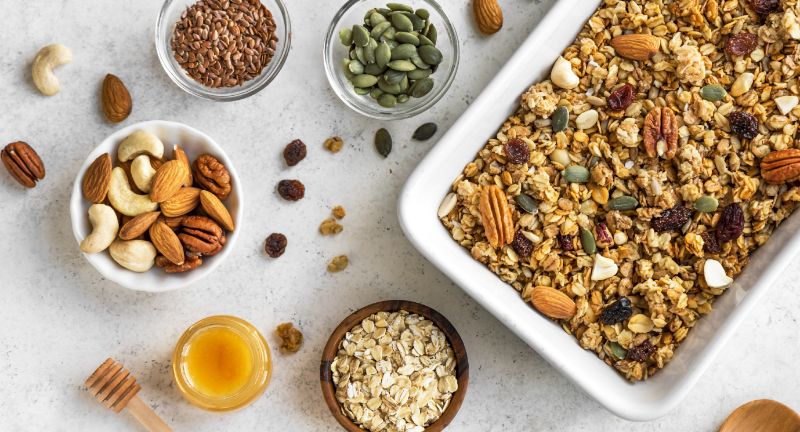
Shutterstock
Granola is often perceived as healthy, but it can be high in sugar and calories. Many commercial granolas contain added sweeteners and fats, making them calorie-dense. It’s easy to eat more than a standard serving, especially when combined with other high-calorie foods like yogurt or milk. For those watching their calorie intake, it’s important to choose low-sugar, portion-controlled granola options.
Cakes and Muffins

Shutterstock
Cakes and muffins, especially those with frosting or fillings, are high in calories. They often contain large amounts of sugar, butter, and refined flour, contributing to their calorie density. It’s easy to consume a significant amount of calories in a single serving. If you’re managing your calorie intake, it’s best to enjoy these treats occasionally and in small portions.
Mac and Cheese
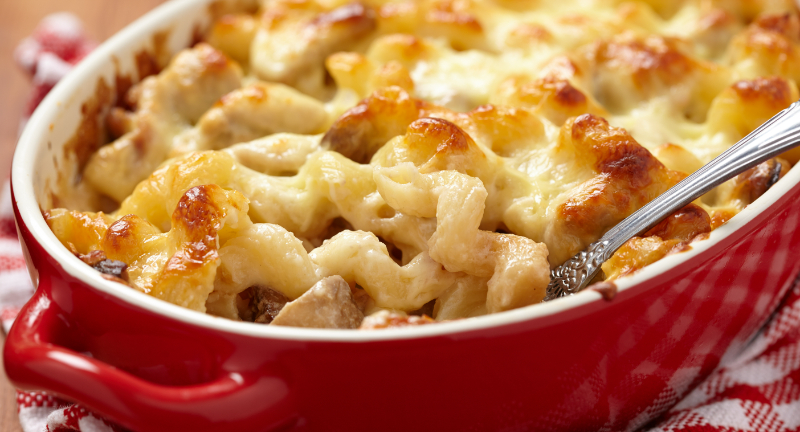
Shutterstock
Mac and cheese is rich in cheese and butter, leading to a high calorie content. Each serving can add a substantial amount of calories to your meal, especially if topped with extra cheese or served in large portions. While it’s a comforting dish, it’s easy to overconsume due to its rich, creamy texture. For a lighter option, consider using lower-fat cheese and reducing the amount of butter.
Energy Bars
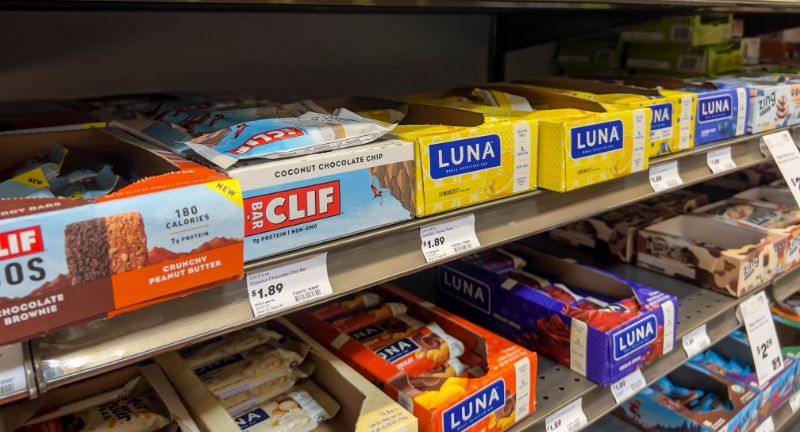
Shutterstock
Energy bars are often marketed as healthy but can be high in sugar and calories. Many contain added sweeteners, fats, and processed ingredients, making them calorie-dense. While they can be convenient for a quick snack, it’s easy to consume more calories than intended. For those watching their calorie intake, it’s important to choose bars with natural ingredients and controlled portions.
Milkshakes
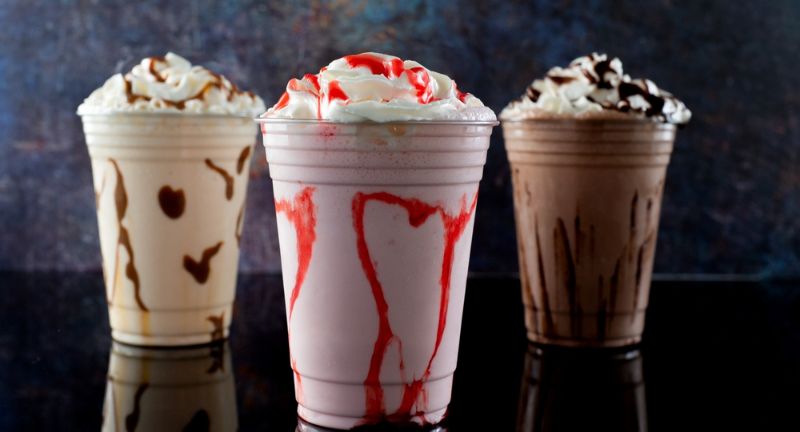
Shutterstock
Milkshakes are high in sugar and fat, often with added syrups and toppings, making them extremely calorie-dense. Each serving can contribute significantly to your daily calorie intake. The combination of ice cream, milk, and sweeteners makes milkshakes a delicious but high-calorie treat. For those managing their calorie intake, it’s best to enjoy milkshakes occasionally and in small portions.
Fried Mozzarella Sticks

Shutterstock
Fried mozzarella sticks are cheese covered in batter and deep-fried, resulting in a high-calorie snack. The frying process adds a lot of fat, making them calorie-dense. It’s easy to overeat due to their crunchy exterior and gooey interior. For a lower-calorie option, consider baking mozzarella sticks instead of frying them.
Pasta with Cream Sauces
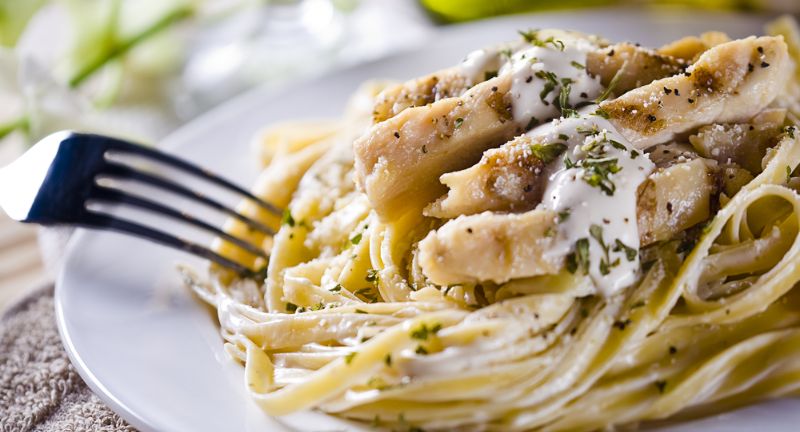
Shutterstock
Pasta with cream sauces, such as Alfredo, are high in fat and calories due to the use of heavy cream and butter. Each serving can add a significant amount of calories to your meal. The rich, creamy texture makes it a popular choice, but it’s easy to overconsume. For a lighter option, consider tomato-based sauces or using lighter cream alternatives.
Trail Mix
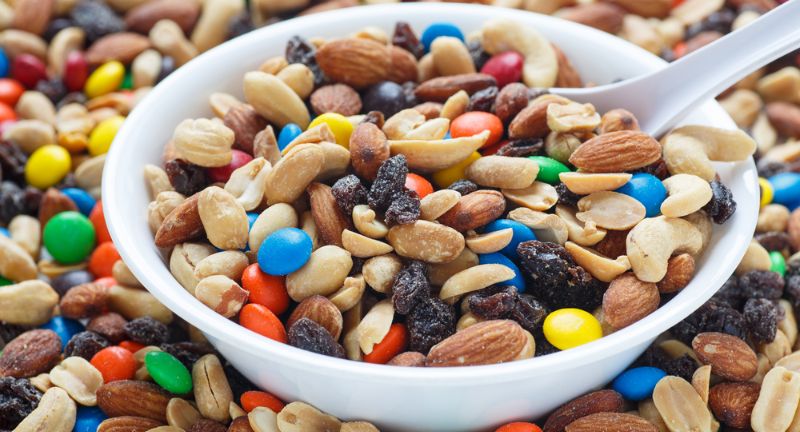
Shutterstock
Trail mix contains nuts and dried fruit, but often also includes high-calorie ingredients like chocolate and added sugars. While it can be nutritious, it’s easy to overeat due to the mix of sweet and salty flavors. Each handful can add a significant number of calories to your diet. For those managing their calorie intake, it’s important to measure portions carefully and choose mixes without added sugars.
Sugary Cereals
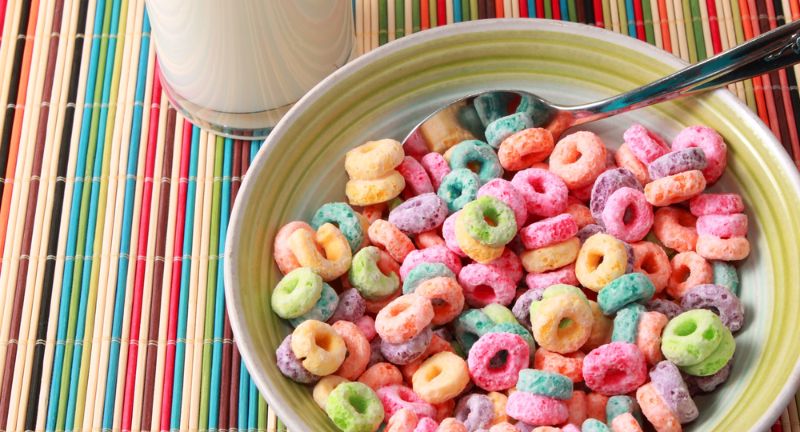
Shutterstock
Sugary cereals are high in sugar and often low in fiber and protein, making them a calorie-dense breakfast option. They can contribute to a quick spike in blood sugar, followed by a crash, leading to increased hunger later. Many commercial cereals contain added sugars and processed ingredients, adding to their calorie content. For a healthier option, choose cereals with whole grains and no added sugars.
Candy

Shutterstock
Candy is high in sugar and often contains unhealthy fats, making it very calorie-dense. It’s easy to consume a large number of calories in a small amount of candy. The high sugar content can contribute to weight gain and other health issues if consumed regularly. For those watching their calorie intake, it’s best to enjoy candy occasionally and in small amounts.
Pies
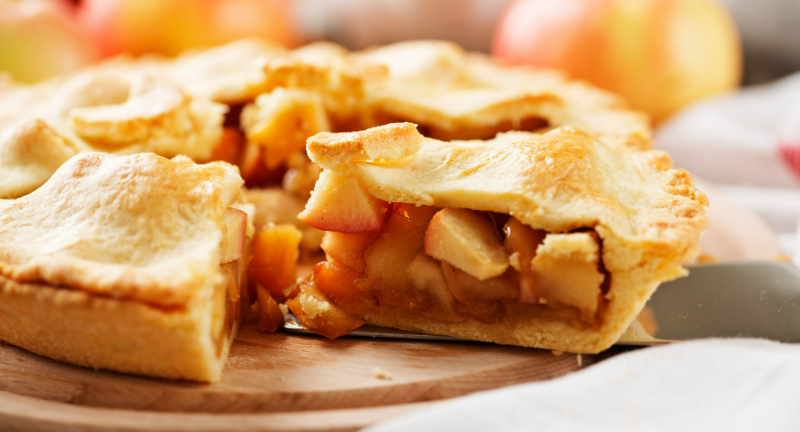
Shutterstock
Pies, especially those with buttery crusts and sugary fillings, are high in calories. Each slice can contribute significantly to your daily calorie intake. The combination of fat from the crust and sugar from the filling makes pies a calorie-dense dessert. For those managing their calorie intake, it’s best to enjoy pies in moderation and consider lighter alternatives.
Garlic Bread
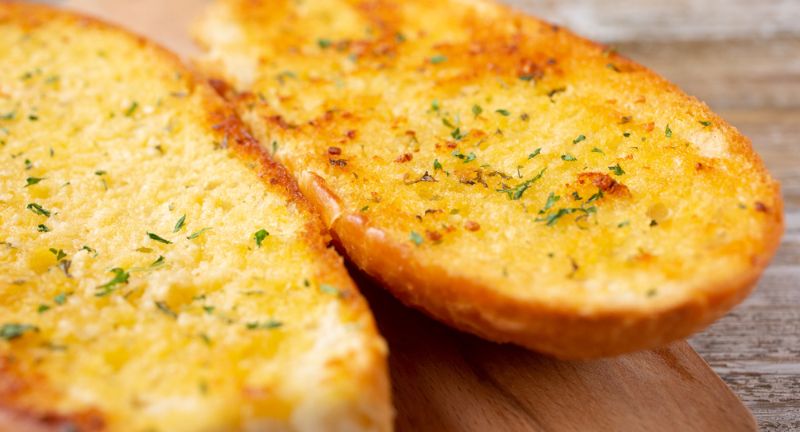
Shutterstock
Garlic bread is often loaded with butter and sometimes cheese, leading to a high calorie content. Each slice can add a substantial amount of calories to your meal. The combination of buttery, garlicky flavor can make it easy to overeat. For a lower-calorie option, consider using less butter or choosing whole grain bread.
Conclusion

Shutterstock
Being aware of high-calorie foods is an important step in maintaining a balanced diet and managing your calorie intake. By limiting these calorie-dense options, you can make room for more nutritious and lower-calorie foods that support your health goals. Remember, it’s not about completely eliminating these foods, but rather enjoying them in moderation. Making informed choices can help you stay on track and achieve your dietary objectives. With careful planning and mindful eating, you can navigate your diet more effectively and enjoy a healthier lifestyle.

























































